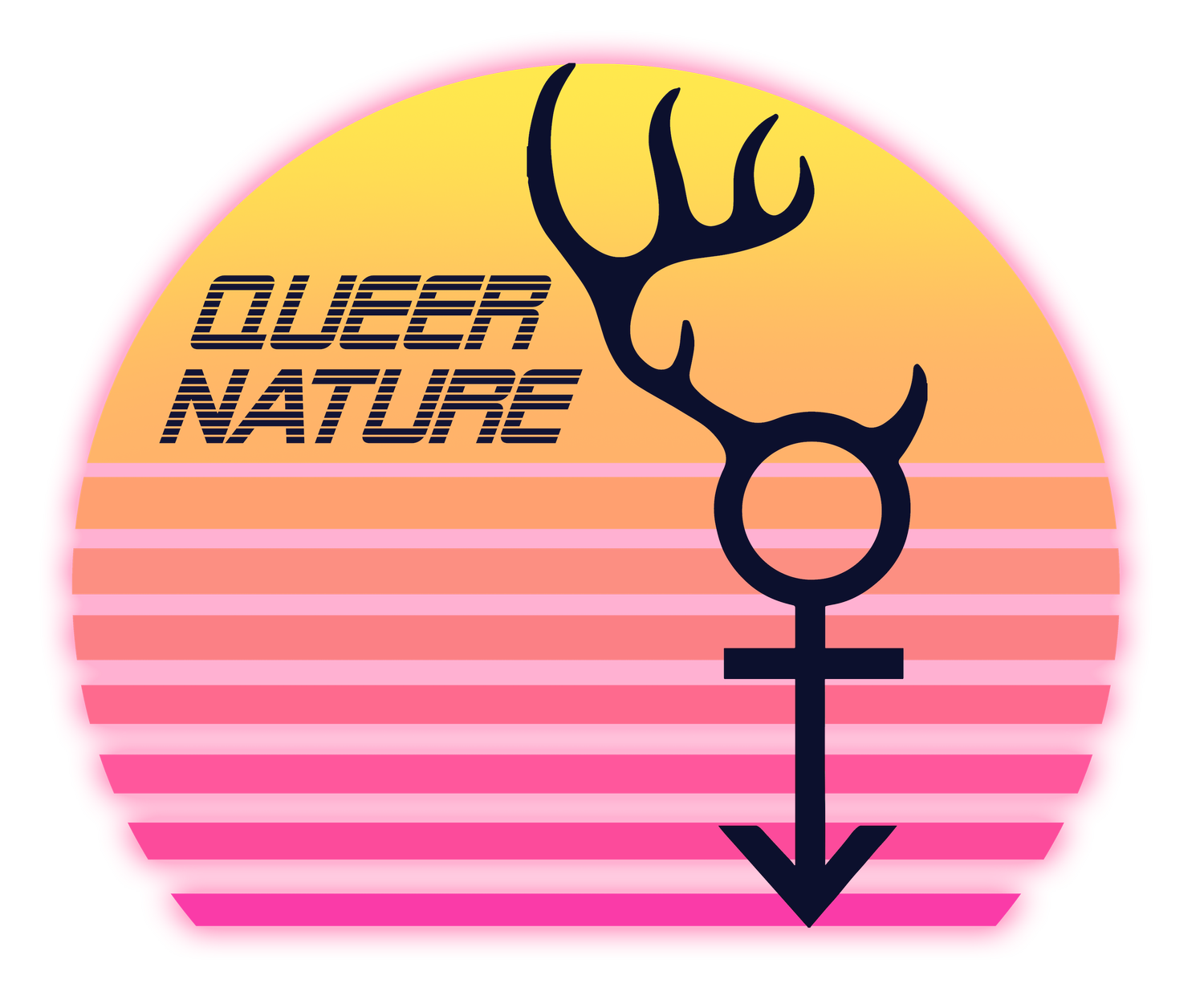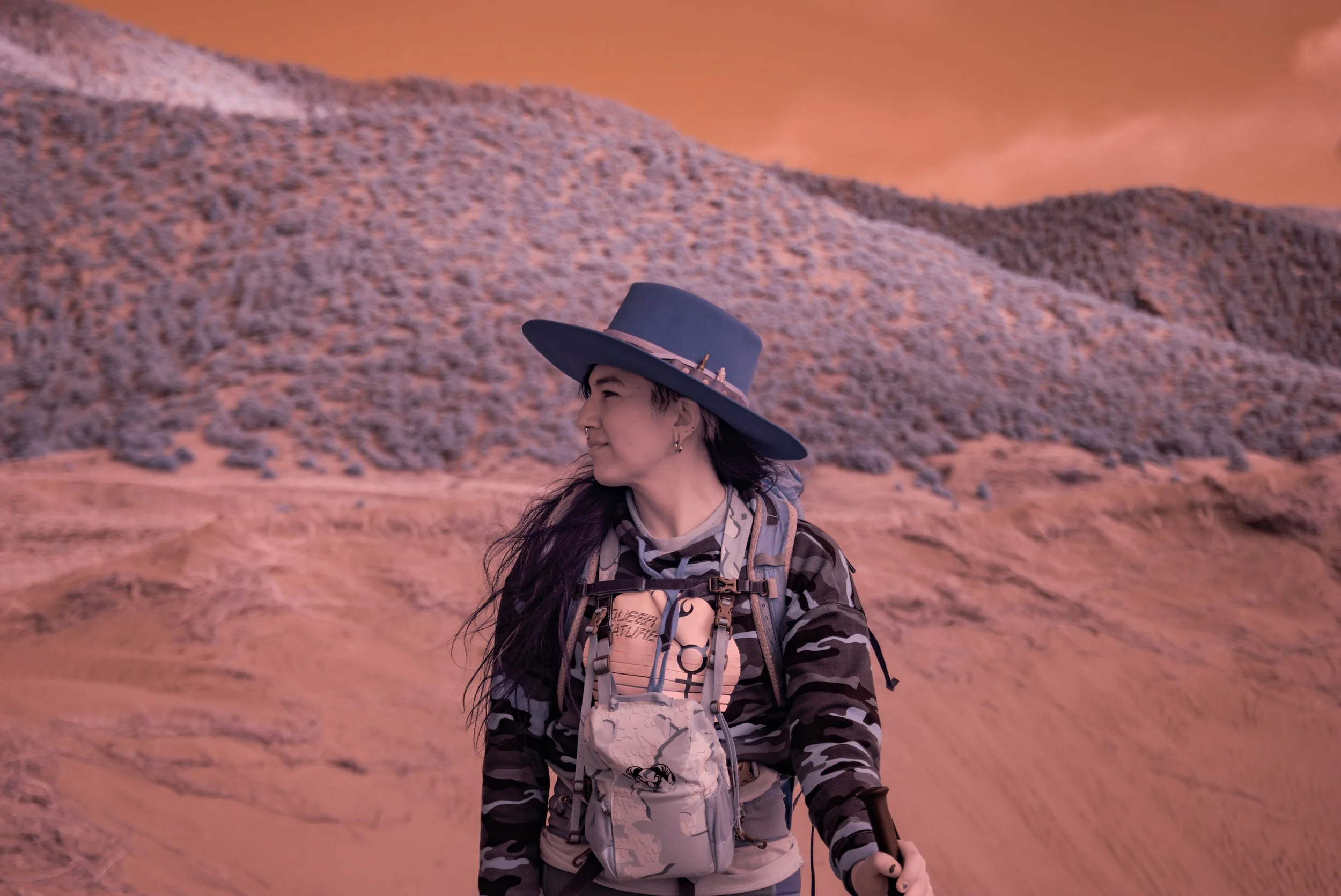Apocalyptic ecology is the beholding of ecological relationships in times of rapid change, where hybridization and even mutation can sometimes emerge as (eco)systemic survival strategies. Take the example of the eastern coyote’s wayfinding into the lands of the eastern seaboard over the last 80 years, or the three-species warbler hybrid found in Pennsylvania recently—their conceptions likely triggered by sheer losses of individuals and decreased carrying capacity of their parents’ habitats. But lest we cast hybridity in a negative light, these conceptions also came to pass in emergent spaces (sites of displacement) that are, by simple virtue of being spaces (however they came to be), are places of queer fertility and futurity. Apocalyptic ecology is also an endeavor of critical naturalism — which is naturalist interpretation that does not see “nature” and “culture” as separate domains, and also notes that cultures occur within the lifeways of many species. For example, raising the water table through damming is not just beaver “behavior,” but also is a cultural act—lest we continue to rely on Skinnerian behaviorism that is arguably incompatible with seeing other animals as people with their own relationships to the unknown. Humans who overdevelop land figuring out how to be in relationship with beavers is an act of cross-cultural inquiry and communication.
—
We are still and have always been inspired by friend and colleague Dr. Sue Pierre’s work in elucidating the paradigm of critical ecology, which we feel well holds and overlaps with some of the work we do, check out the work of her and her colleagues!
—
Tracking and recognizing the power of traces as forms of speech is one of our favorite modalities of active witnessing of the lived experiences of bodies and matter, as well as the haunted and “peopled” quality of all surfaces on a living planet (=every place is already a home to someone else, one of our common refrains). Tracking — whether it is tracking the flow of wildlife or water — is a practical form of the various postmodern/posthumanist philosophies like “new materialism” and “object oriented ontology” that center the vibrancy and animacy of matter. Despite the popularity of these latter two philosophies, tracking, likely the oldest form of orienting and wayfinding known to us, still struggles to be recognized by mainstream sciences, while we still manage to idolize the favored Western archetype for knowing through evidential knowledge, Sherlock Holmes…. In Physics and semiotics, the constructal law (introduced to us by @willemlarsen ) and the paradigm of biosemiotics, something So @cyberpunkecology has been integrating into their/our work for the last 10 years, provide important ways to actually understand that flow, desire, and meaning are all interrelated and also occur in realms far beyond the human, and also beyond the biotic (I don’t much like the living/non living dichotomy). Indeed, these provide the scaffoldings for human meanings in the first place.
-So & Pinar

